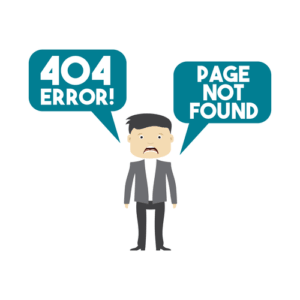
Don’t let cash https://www.bookstime.com/articles/how-to-calculate-workers-compensation-cost-per-employee flow challenges hold your business back – take control of your finances and unlock your company’s full potential today. The indirect cash flow method measures cash flow by adding or deducting net income from changes in non-cash transactions. The calculation begins with the company’s revenue, and then cash inflows and outflows from operations, investing, and financing are recorded. Thus, it does not provide a complete picture of a business’s cash flows, impacting subsequent reporting periods.
Cash flows vs. profits
- Financing activities include transactions involving the issuance of debt or equity, and paying dividends.
- While both these statements provide important insights into the financial health of the business, there are distinctions in their fundamentals and implications.
- Other than its core operations, a company has multiple ways to earn additional income or spend money.
- Over the short term, always give preference to cash flow information, since a business with positive cash flows can survive even when it is reporting losses.
- In essence, profits represent the excess of revenues over expenses, while cash flows represent the difference between the amount of cash received and cash paid.
- To do this, you must start by identifying your past inflows and outflows.
A cash flow statement is a regular financial statement telling you how much cash you have on hand for a specific period. The net income as shown on the income statement – i.e. the accrual-based “bottom line” – can therefore be a misleading depiction of what is actually occurring to the company’s cash and profitability. Cash flow refers to the money entering and leaving cash flow simple definition a business, with inflows being payments from customers and outflows being payments to vendors and other expenses. Cash flow is the amount of money coming in (inflow) and going out (outflow) of a company as part of daily activities and the overall function of the company.
What your Cash Flow Statement tells you

However, if you use this loan to purchase new equipment, that trade falls under CFI. Fixed assets, such as a vehicle or machinery, are those you plan to use for a long time. Financing cash flows are calculated by adding up the changes trial balance in all the long-term liability and equity accounts.
Cash Flows from Financing

Again, cash flow simply describes the flow of cash into and out of a company. Profit is the amount of money the company has left after subtracting its expenses from its revenues. For small businesses, Cash Flow from Investing Activities usually won’t make up the majority of cash flow for your company. But it still needs to be reconciled, since it affects your working capital. Using the cash flow statement example above, here’s a more detailed look at what each section does, and what it means for your business. Using only an income statement to track your cash flow can lead to serious problems—and here’s why.
- In addition, you could have high profits and a low cash flow, which could result from significant capital expenditures draining your available cash.
- Companies with a positive cash flow have more money coming in than they are spending.
- A company’s free cash flow is the net balance of cash after operating expenses, reinvestment, tax, interest, and non-cash adjustments have been settled.
- It starts with operating cash flow because this is a firm’s cash purely coming in from its core business activities.
- Cash flow is money that moves in and out of your business bank account.
- Companies with a high ratio number (over 1) have financial strength to pay amounts when due.
- When your cash flow statement shows a negative number at the bottom, that means you lost cash during the accounting period—you have negative cash flow.
Take control of your business operations with the world’s most international account

You can also do it yourself using this three-step process to work through an analysis of your cash flow. Unlike Income Statement, which shows how profitable a business is, Statement of Cash Flows shows its ability to manage cash. Here is a tip on how I keep track of what transactions go in each cash flow section. Although both concepts are important (cash flow vs. profit), you can’t maintain operational efficiency without adequate cash flow.